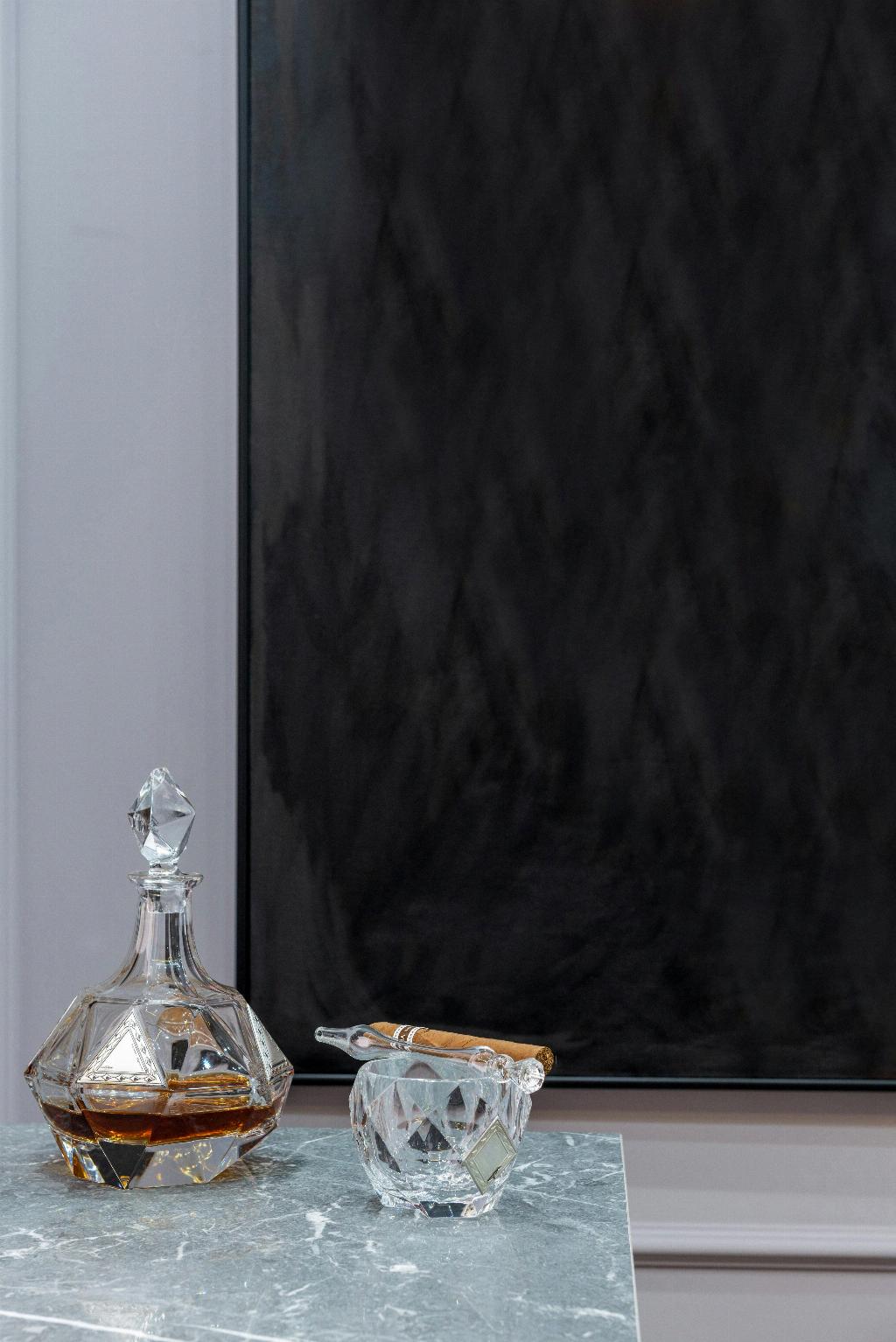Have you ever wondered what the term “finished bourbon” means? If you’re a bourbon enthusiast or just starting to explore the world of this beloved spirit, understanding what it means for a bourbon to be finished can enhance your appreciation and knowledge. In simple terms, finishing refers to the process of taking a batch of bourbon and transferring it into secondary barrels for a second maturation. These barrels, often previously used for aging wine, sherry, port, or rum, impart additional flavors and nuances to the bourbon, resulting in a unique and complex final product.
The decision to finish a bourbon is an artistic and creative one. Bourbon distillers carefully select the type of secondary barrels based on the desired flavor profile they want to achieve. Each type of barrel brings its own distinct characteristics to the bourbon, whether it’s the rich and fruity notes from a wine cask or the deep and spicy flavors from a rum barrel. By utilizing different types of barrels, distillers can create a wide range of finished bourbons that cater to various palates and preferences.
Finishing is not a step that is mandated for all bourbons. In fact, traditional bourbon production does not typically involve finishing. However, some distillers choose to experiment with finishing to push the boundaries of flavor and offer an innovative twist to the traditional bourbon-making process. This experimental approach has gained popularity in recent years, with many distilleries releasing limited editions or special releases of finished bourbons that have gained a cult following among whiskey enthusiasts.
The duration of the finishing process can vary depending on the desired flavor profile. Some finished bourbons may spend a few months in the secondary barrels, while others may be aged for several years. During this secondary maturation, the bourbon interacts with the wood and absorbs the unique characteristics of the previous contents of the barrels. This interaction contributes to the development of new flavors and aromas, harmonizing with the existing bourbon characteristics and creating a complex and layered sensory experience.
One of the key benefits of finishing a bourbon is the opportunity to introduce new and exciting flavors to the spirit. The flavors and aromas infused from the secondary barrels can range from subtle hints to pronounced accents, depending on the type of barrel used and the length of the finishing period. This additional layer of complexity can make a finished bourbon stand out from traditional bourbons and offer a new perspective for bourbon enthusiasts to explore.
When tasting a finished bourbon, you can expect to encounter a symphony of flavors and aromas that are not typically found in traditional bourbons. The taste profile may exhibit notes of dried fruits, spices, chocolate, or even hints of the previous spirit that occupied the secondary barrels. The finishing process adds depth and character to the bourbon, allowing the true artistry of the distiller to shine through.
It’s worth noting that the term “finished bourbon” is not officially regulated, and there are no strict guidelines dictating what qualifies as a finished bourbon. Therefore, distilleries have the creative freedom to experiment and innovate within this realm, resulting in a wide array of finished bourbons with unique flavor profiles.
Whether you prefer traditional bourbons or enjoy exploring the world of finished bourbons, there is no denying the impact that finishing can have on the final product. It offers a new realm of possibilities for bourbon distillers to showcase their craftsmanship and creativity. So, the next time you come across a finished bourbon, consider giving it a try and embark on a flavor adventure that goes beyond the traditional confines of this iconic spirit.

